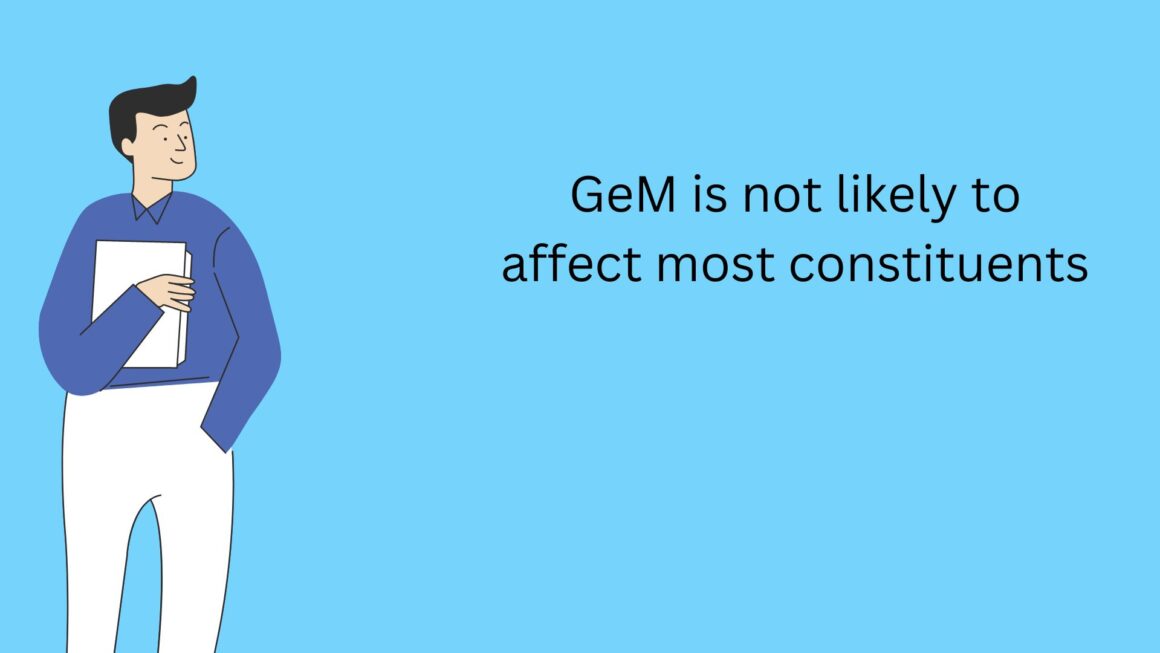If you are using bulk email service effectively and is a great way for reaching hundreds of clients and other prospects in a short period of time. These campaigns also allow marketers to promote their enterprise, develop relationships and sell products with ease.
To have a look at positive ROI from various bulk email services and campaigns. These emails are desired to land in the recipient’s email. If the delivery rate is poor it will definitely hurt your campaigns and the other factor that leaves a lasting impact is the rate of email delivery.
In case the bulk emails sent by you are marked spam by your clients then you will see a quick drop in click-through rates and opening them. Also, it will be waiting for your resources and time and can damage the brand’s reputation.
Here is the in-depth guide to help you with tips for preventing your bulk emails from landing in a spam folder.
Always use a trustable and renowned bulk email marketing program:
When spam filters are seeking to catch communications, they look for clues such as the IP address associated with the sending email address and whether or not there have been any spam complaints filed against that IP address. Authentic email addresses may be blacklisted if there are any, just because they are affiliated with the blacklisted domains. This is the reason why using to buy SMTP server service for email marketing can help you with its best and safe services.
Always make use of a reputable email service provider to avoid this from happening to your messages. In order to prevent spammers from using their platforms, all of the major providers take precautionary measures to ensure that spammers’ disruptive behaviours do not have an impact on the deliverability of their emails.
The best email service providers will contain features that will assist you in avoiding other traditional spam triggers such as not providing a physical address or using a suspicious-looking sending email address, among others.
Before sending emails, always seek permission:
Nothing increases the chances of your emails being called spam faster than sending any email without the user’s permission. Consider your response when you receive an email from an unknown sender. You’ll mark the email as spam without even opening it, regardless of whether it gets past your email service’s spam filter.
Sending marketing emails to people without their consent is not a long-term business plan. Having engaged and enthusiastic subscribers can help persuade them to purchase your product. Random email recipients are neither; at best, they’re uninterested, and at worst, they’re annoyed that they’ve received an email from someone they don’t know. Always get permission before sending an email; this is the most ethical and financially viable option.
Sending out regular emails to your subscribers is a good idea:
If you only send emails once or twice a year, your subscribers may lose track of who you are and why they joined up in the first place. Upon receiving your email, individuals may unsubscribe or even mark your email as spam if they believe you have violated their privacy.
Keep in touch with your subscribers on a regular basis in order to avoid this situation. Without a doubt, whenever you send out an email, you should always try to offer value; don’t just send out emails to your subscribers on a frequent basis just because it’s “best practice.”
Instead, look for ways to provide value to your subscribers on a consistent basis as much as possible. As long as you communicate with them on a consistent basis (and use intelligent timing to ensure that they receive your emails when they are most likely to open them), it is acceptable to only email them once a week.
Make a thorough cleaning of your email list:
Cleansing your email database of unengaged subscribers or erroneous data is referred to as email list scrubbing or cleaning. Your goal should be to send emails to people who have genuine email addresses and who are likely to participate in your marketing activities.
In order to determine if your email will land in the spam bin or inbox, it is critical to maintain a good or authentic email list. If your list contains accurate information and your engagement rate is high, your emails are more likely to reach their intended recipients.
The number of times you execute an email list cleansing in a calendar year will be determined by your own circumstances and requirements. The important thing is to perform it on a regular basis. Do it at least a couple of times every year to keep your body in shape.
Consider sending one final email to any lapsed subscribers to see if they are still interested in hearing from you before removing them entirely from the list.
On your website, include a prominent unsubscribe button:
For the reader’s convenience, your unsubscribe button should be prominently visible. It makes no difference whether you hide your unsubscribe button; email clients always provide the option to unsubscribe, therefore making it harder for subscribers to unsubscribe from within an email serves no purpose.
If you wish to avoid legal ramifications in many countries, you must include an unsubscribe option in your bulk email server. Even though the information in your email is useful, the reader may still consider it unwanted. As a result, rather than asking consumers to use their email client’s unsubscribe or spam reporting features, you should give them the choice to unsubscribe.
If you receive a big number of spam complaints against your email address, your sender’s reputation will suffer, and spam filters will begin to block you.
To avoid this problem, make your unsubscribe button prominent and easy to discover. For the simple reason that a spam report is preferable to an unsubscribe.
Include an unsubscribe button or a link to your website in the footer of your email. Readers will travel to that spot to locate it.
Never try to sneak it into a sentence or be subtle about it. Other questionable practices should be avoided, such as expecting someone to respond to you before they can unsubscribe. Allowing subscribers to unsubscribe with a single click is also suggested. You can find out why someone is unsubscribing and include a brief enquiry with only two mouse clicks.


